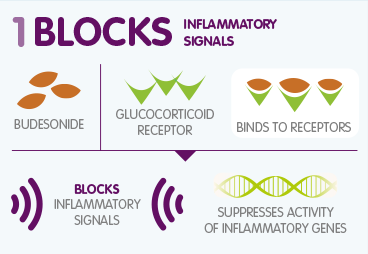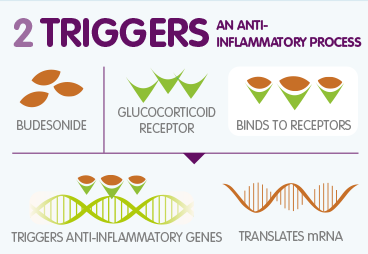Managing hay fever symptoms
Around half of hay fever sufferers treat their allergies reactively, i.e. when they have symptoms.19 This group of customers tends to look for flexible options and may need your help to differentiate between the products available.
For mild-to-moderate occasional symptoms, you can recommend an antihistamine. Antihistamines may be classed as 'first or second generation', or 'sedating/non-sedating' according to their potential for central nervous system (CNS) depression.20
First-generation antihistamines (e.g. chlorphenamine or promethazine) may cause drowsiness due to their propensity to cross the blood brain barrier. Second-generation antihistamines, being more lipophobic, offer the advantages of a lack of CNS and cholinergic effects such as drowsiness and dry mouth.21 Examples of second-generation antihistamines are acrivastine and cetirizine.
Their longer duration of action also enables a more patient friendly dosing regimen, which may increase patient compliance.21
Acrivastine is an antihistamine that relieves the symptoms of allergies by blocking the action of histamine in the body.
Acrivastine gets to work in 15 minutes - for fast-acting relief of allergy symptoms.22
Acrivastine at the recommended dose does not cause drowsiness in the majority of people.
It is available as capsules. Sometimes it's combined with a decongestant called pseudoephedrine.23
Experts agree that INS such as budesonide, fluticasone or beclometasone, when used on a regular basis, are the most effective treatment for controlling symptoms of allergic rhinitis, although the maximum effect may take days or weeks to be seen.18
If a customer has moderate to severe persistent symptoms, you can recommend an INS spray such as budesonide. Budesonide is the active ingredient in Benacort Nasal Spray. Nasal steroid sprays help to reduce and prevent inflammation and swelling and hence can prevent the symptoms of hay fever. Customers may start to see some benefits after 6 to 8 hours; however, it can take up to 2 weeks to see the maximum benefit.18
-

Prevents inflammatory protein production:
- Reduces number of inflammatory cells
- Reduces vasodilation (the dilation of blood vessels) and infiltration of inflammatory cells
-

Produces anti-inflammatory proteins

